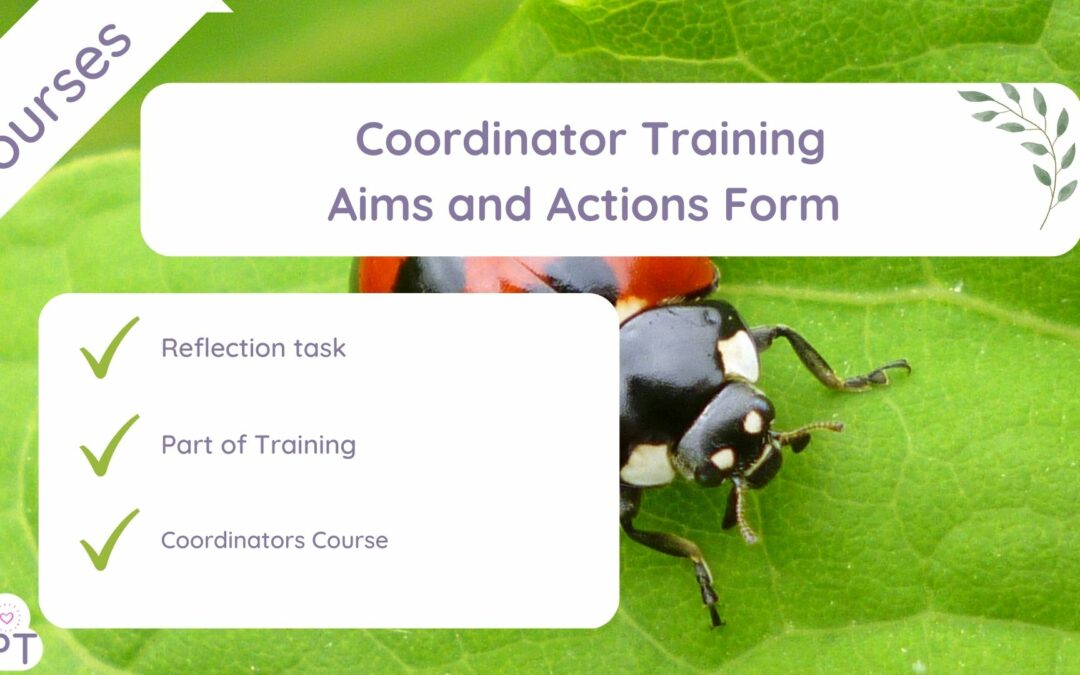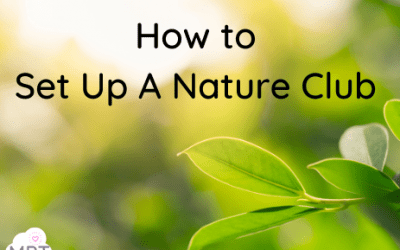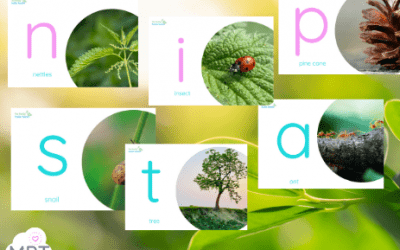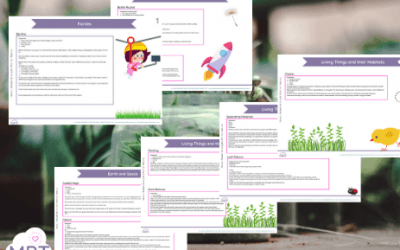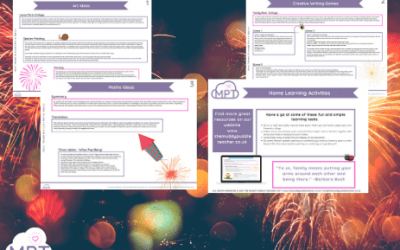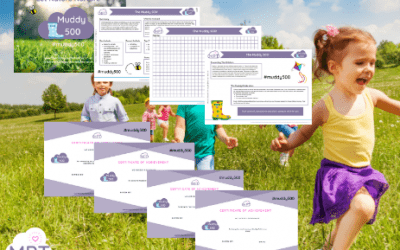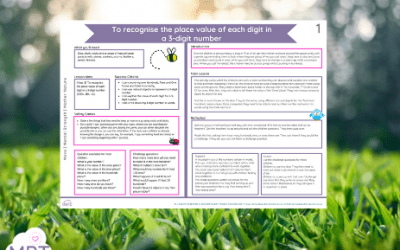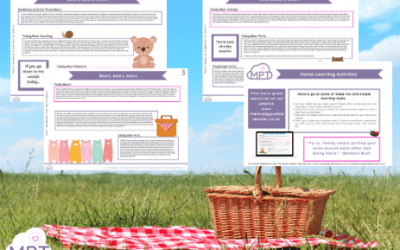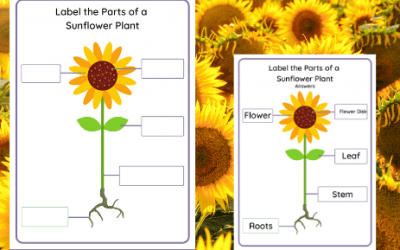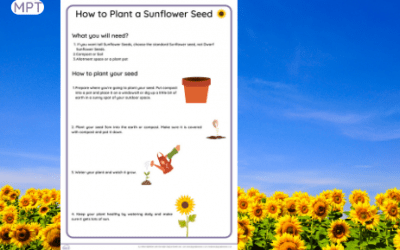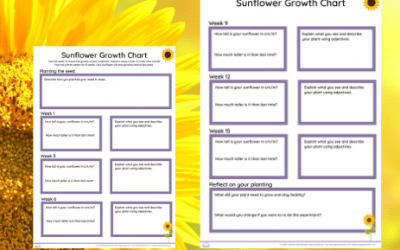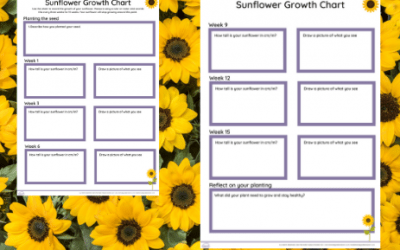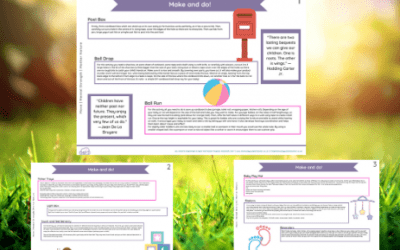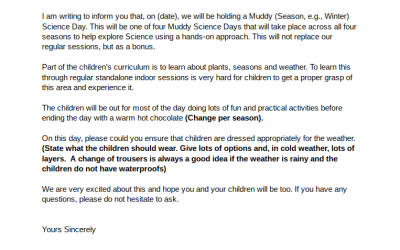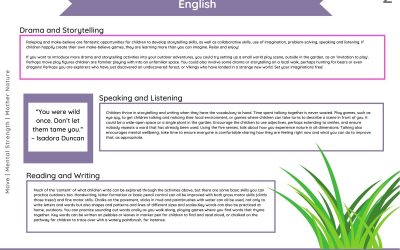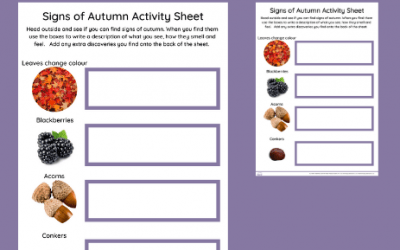Always wanted to set up an afterschool nature club? Well, this pack will help you! It gives you all the tips you need,...
Phase Two Phonics Nature Posters
Apr 19, 2021
Use these phase two phonics nature posters to get more authentic and in context pictures for children to relate their...
Forest School Cooking Recipes – Open Fire/BBQ
Apr 18, 2021
Use Forest School Cooking Recipes - Open Fire/BBQ to get a list of our favourite recipes separated into outdoor...
Outdoor Science Experiments (KS2) Ideas Pack
Apr 15, 2021
Outdoor Science Experiment (KS2) is a fun and active pack that will embed nature and have the children working...
Fireworks KS2
Apr 14, 2021
Use Fireworks KS2 to get bonfire night outside and active this year! This pack is full of innovative outdoor learning...
Muddy 500 Challenge (Resource Pack)
Apr 14, 2021
The Muddy Challenge 500 is a new initiative launching in September 2021 - this is the full pack and can be accessed by...
Place Value of a 3 Digit Number
Apr 14, 2021
Place Value of a 3 Digit Number is a lesson plan that will help KS2 outdoor learning look easy! Simply get out of the...
Teddy Bears Picnic Ideas pack (Tots)
Apr 12, 2021
Use Teddy Bears Picnic Ideas pack for Tots to get this much-loved song and story outside the Muddy Puddles Way! EYFS...
Sunflower Day Certificate
Apr 11, 2021
Use this Sunflower Day Certificate to award the child that grows the largest sunflower. Do not forget to also apply...
Diagram of a Sunflower
Apr 11, 2021
Exploring Sunflowers: Teaching with Outdoor Activities Sunflowers are not only vibrant and beautiful but also offer a...
Sunflower Day: How to Plant a Sunflower Seed (Instructions)
Apr 11, 2021
Join in with Sunflower Day and use Plant a Sunflower Seed (Instructions) to make life easier for you and to embed some...
Sunflower Day Growth Chart KS2
Apr 11, 2021
Enjoy using this KS2 Growth Chart resource on Sunflower Day so that the children can record the height and observe...
Sunflower Day Growth Chart – EYFS/KS1
Apr 11, 2021
EYFS/KS1 - Enjoy using this resource on Sunflower Day so that the children can record the height and observe their...
DIY Baby Toys Activity Pack
Apr 7, 2021
Use DIY Baby Toys Activity Pack to help you come up with free toys that you can make from unused items around you...
Muddy Science Day (Parent Letter)
Feb 27, 2021
Use Muddy Science Day (Parent Letter) to inform parents about this special day. Part of the children’s curriculum is...
KS1 Home Learning Pack
Feb 27, 2021
Use KS1 Home Learning Pack to help parents get their children out in active and fun ways while still embedding...
eBook Phase 3 – Book 1 (jvwx)
Jan 27, 2021
Use the eBook Phase 3 - Book 1 to practice these sounds jvwx. This is an interactive book that the children will...
*FREE*Signs of Autumn Explorer Sheet
Jan 27, 2021
Use the Signs of Autumn Explorer Sheet to get the children outside applying their Science and wonder of the world the...
New In
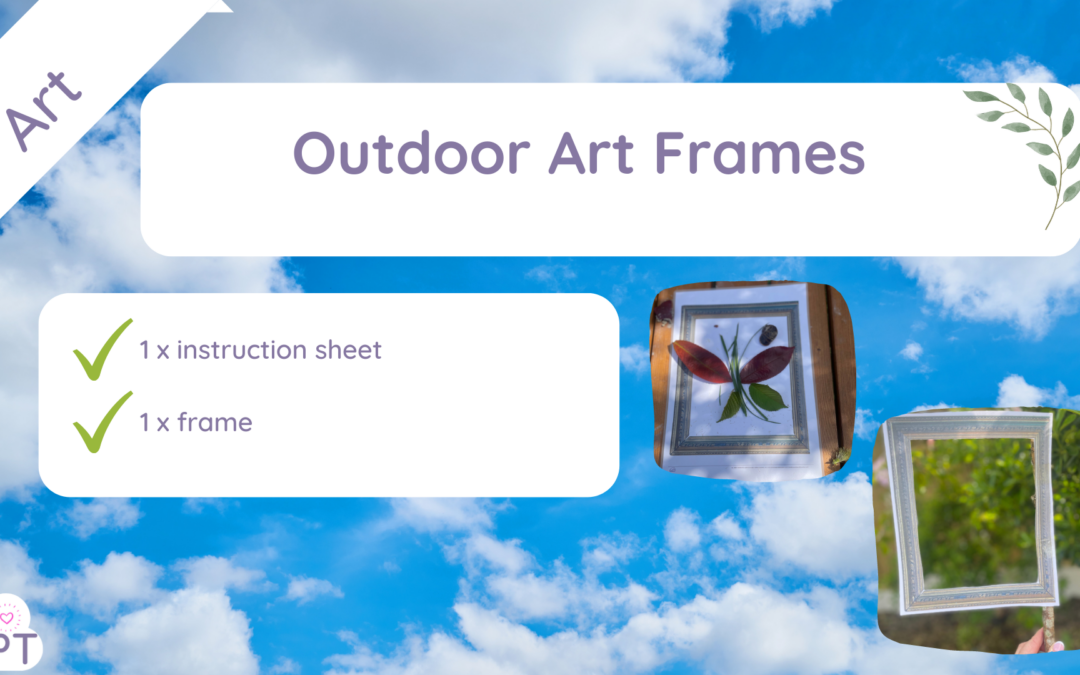
Outdoor Frames for Art
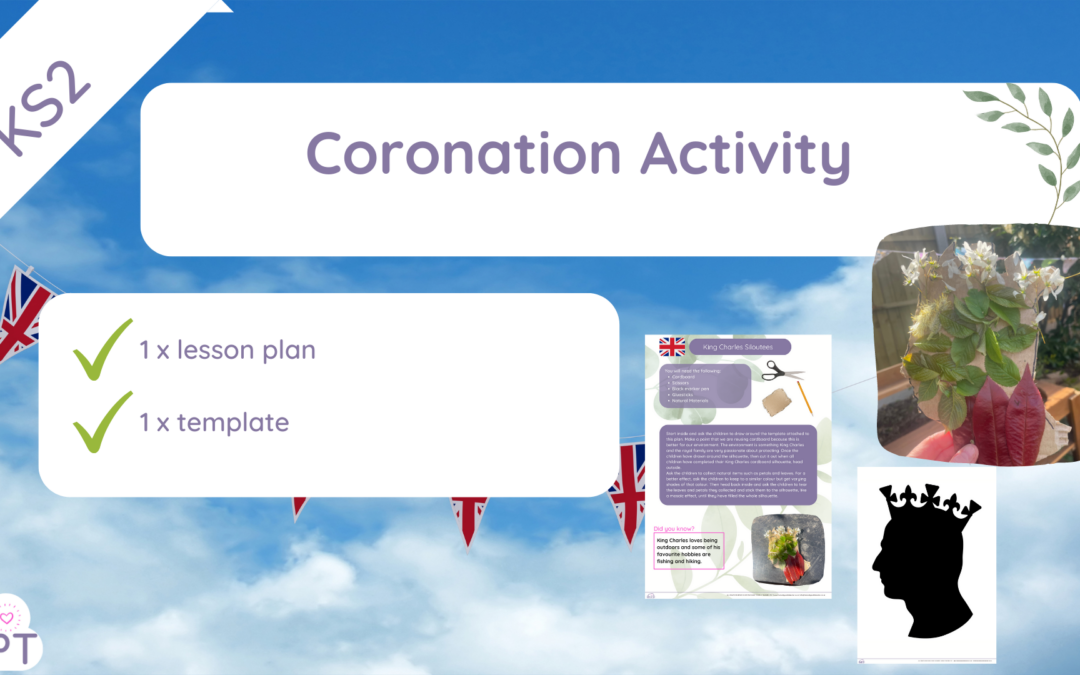
KS2 Coronation Activity

Minibeast magnifying glasses
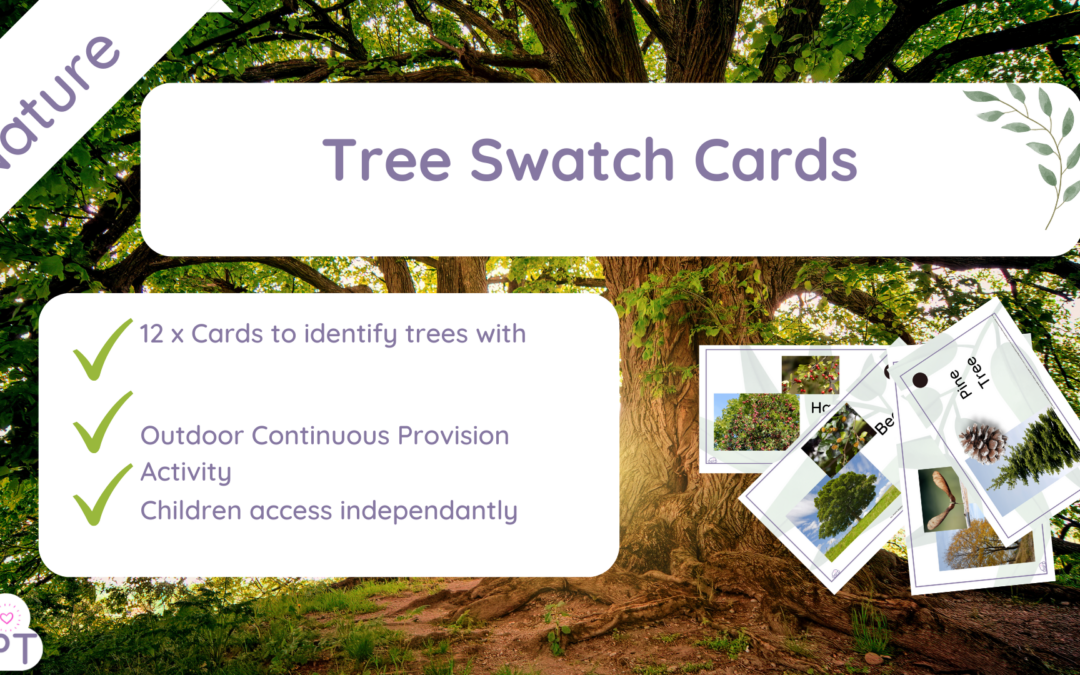
Tree Swatch Book
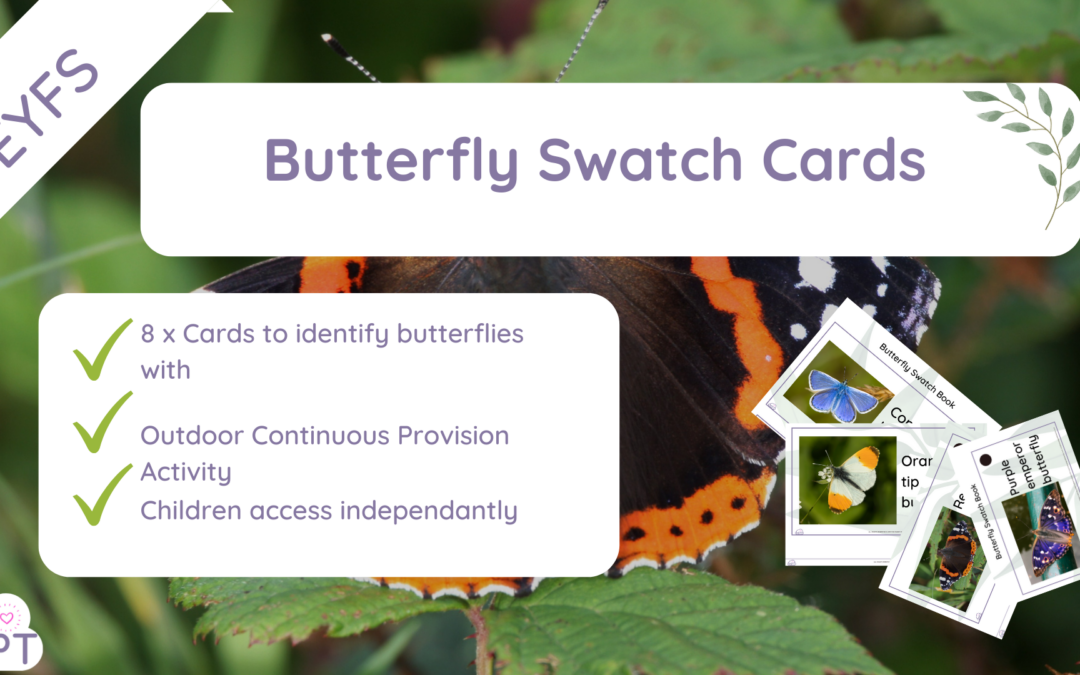
Butterfly Swatch Book

Year 6 Living things & their habitats
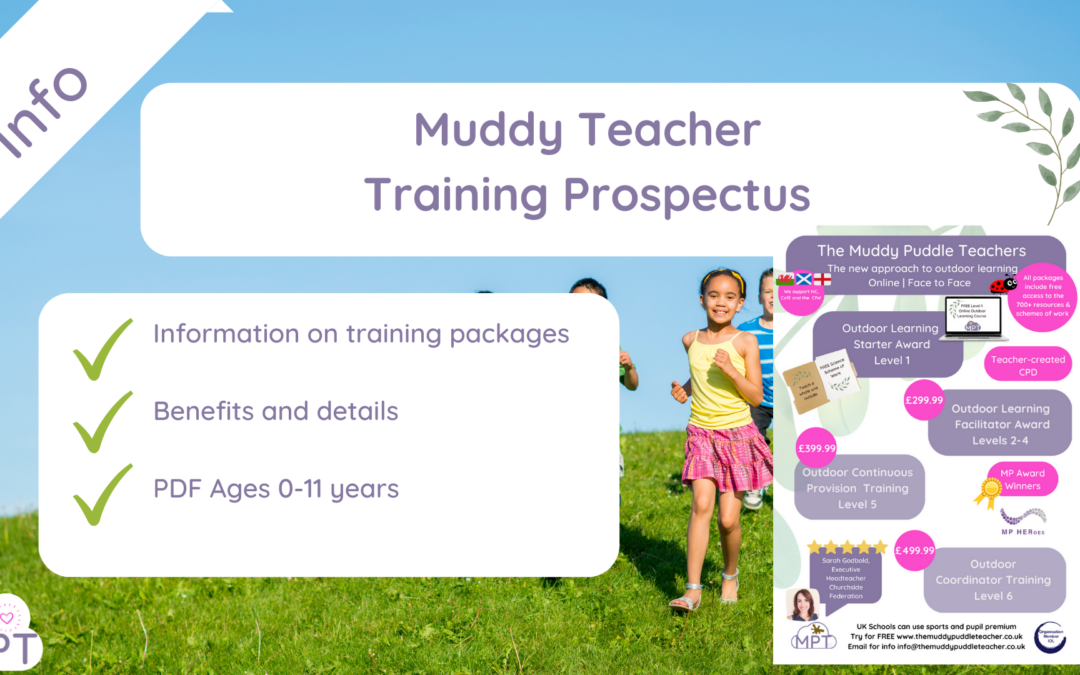
Outdoor Learning Prospectus
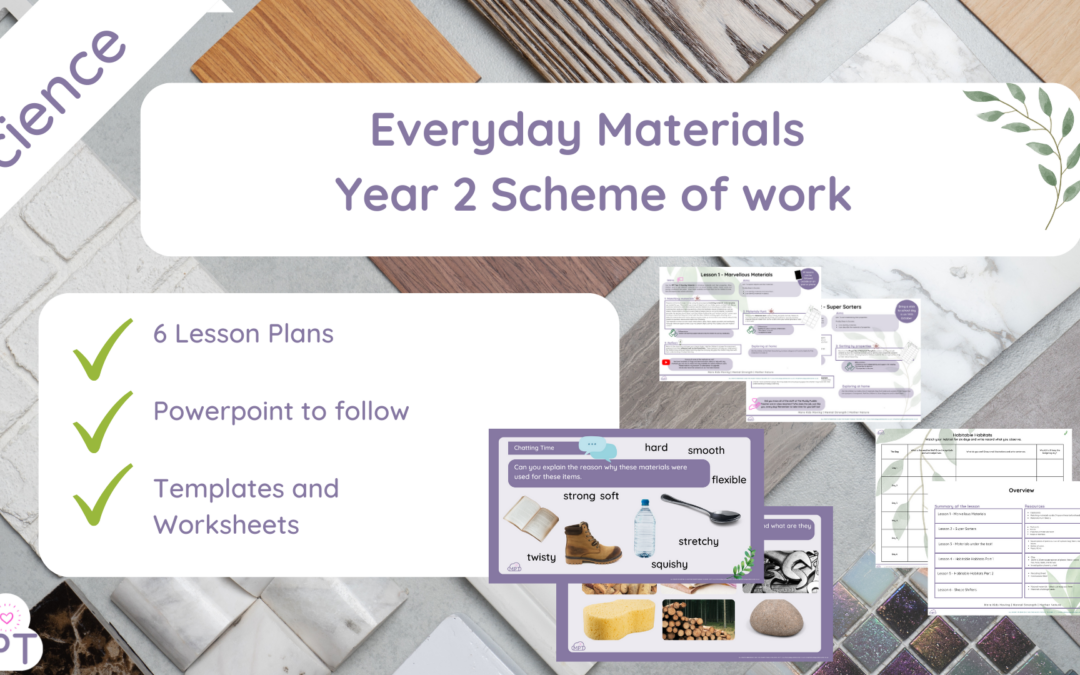
Scheme of Work Everyday Materials (Year 2)
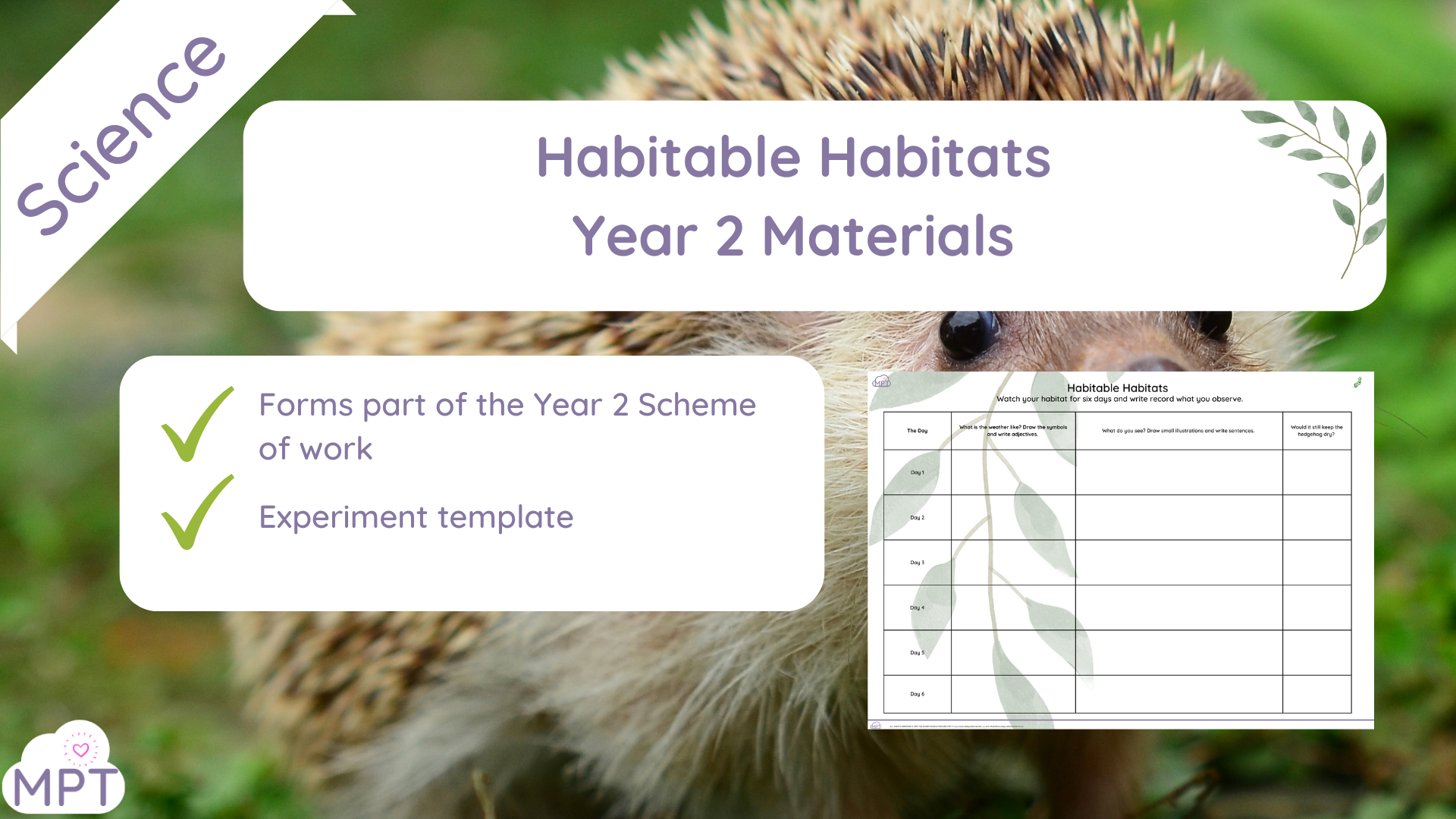
Habitable Habitats – Year 2 Materials
